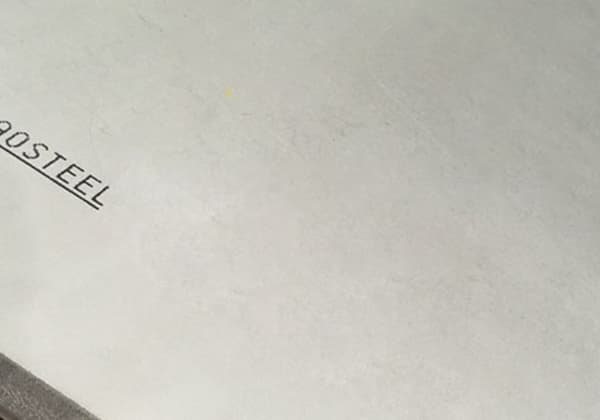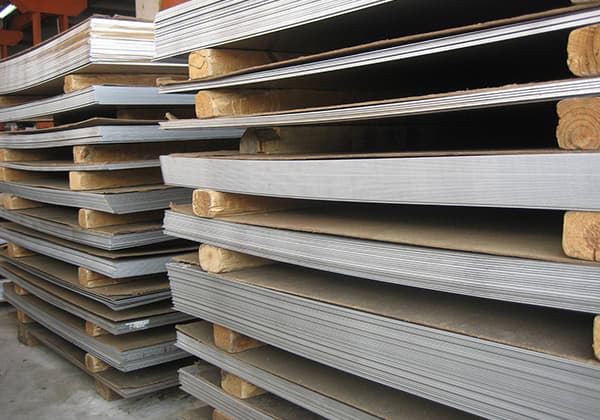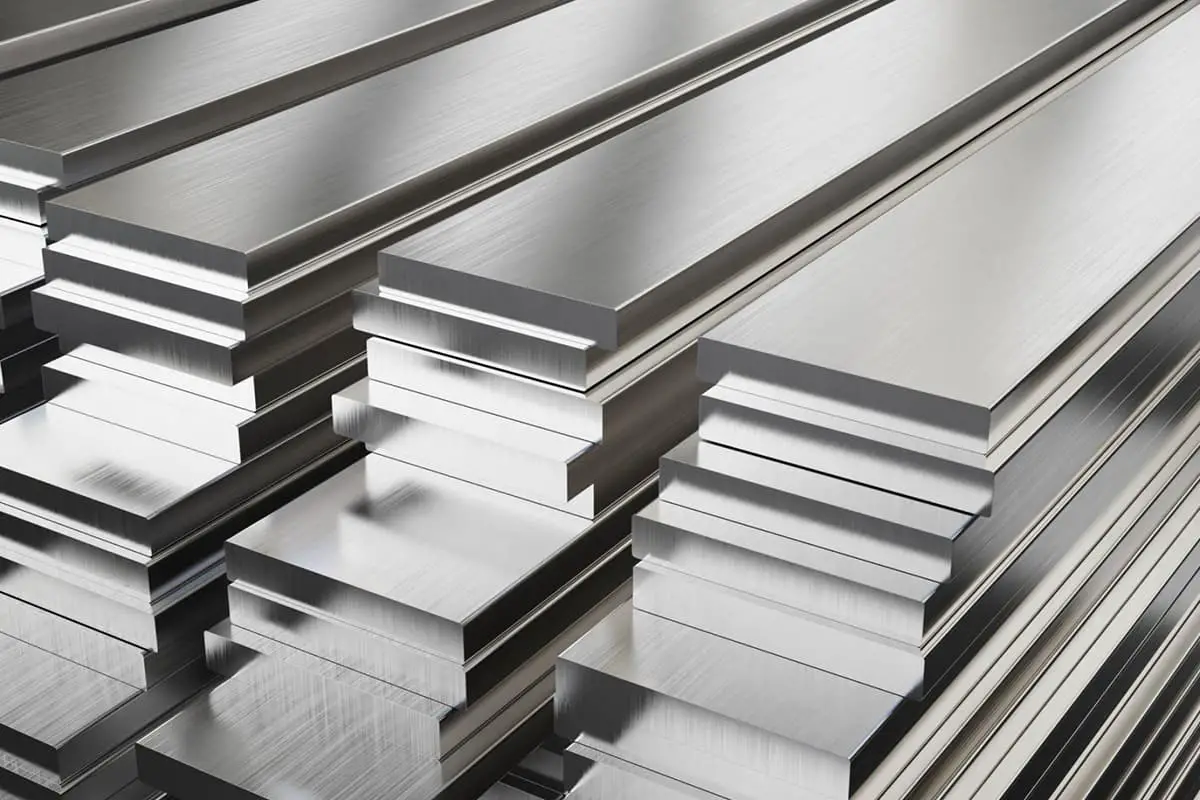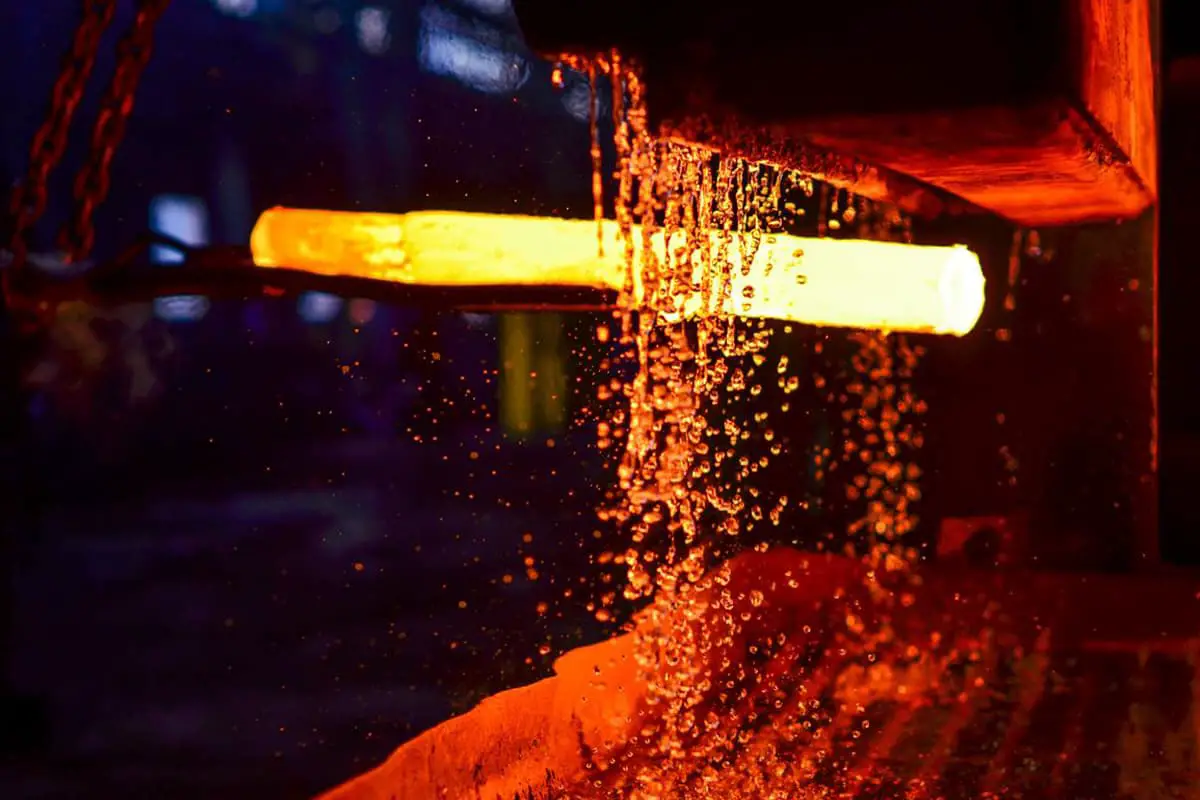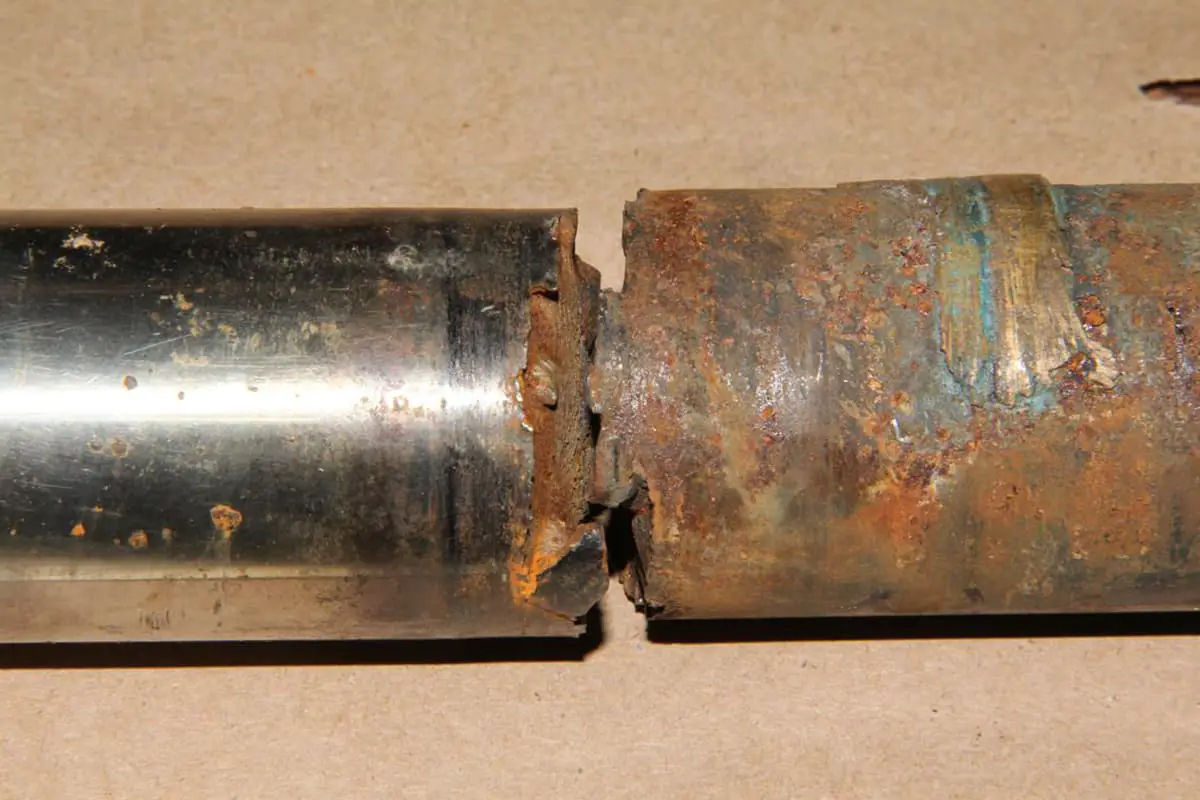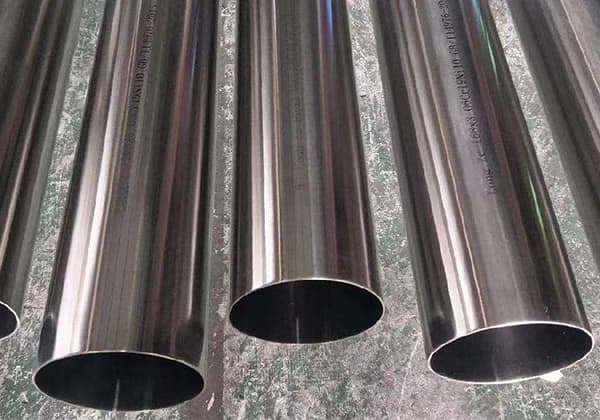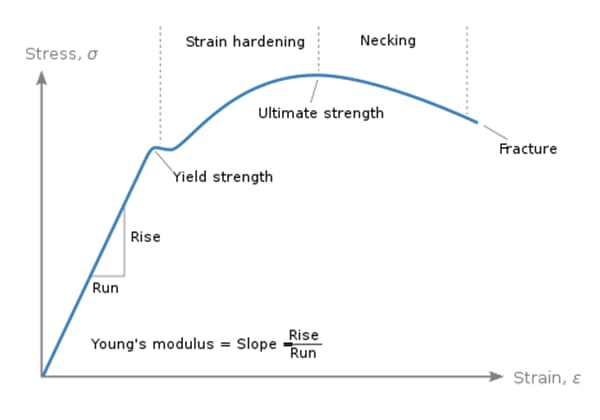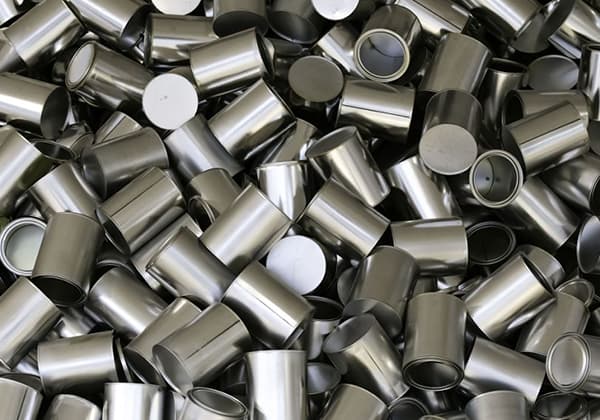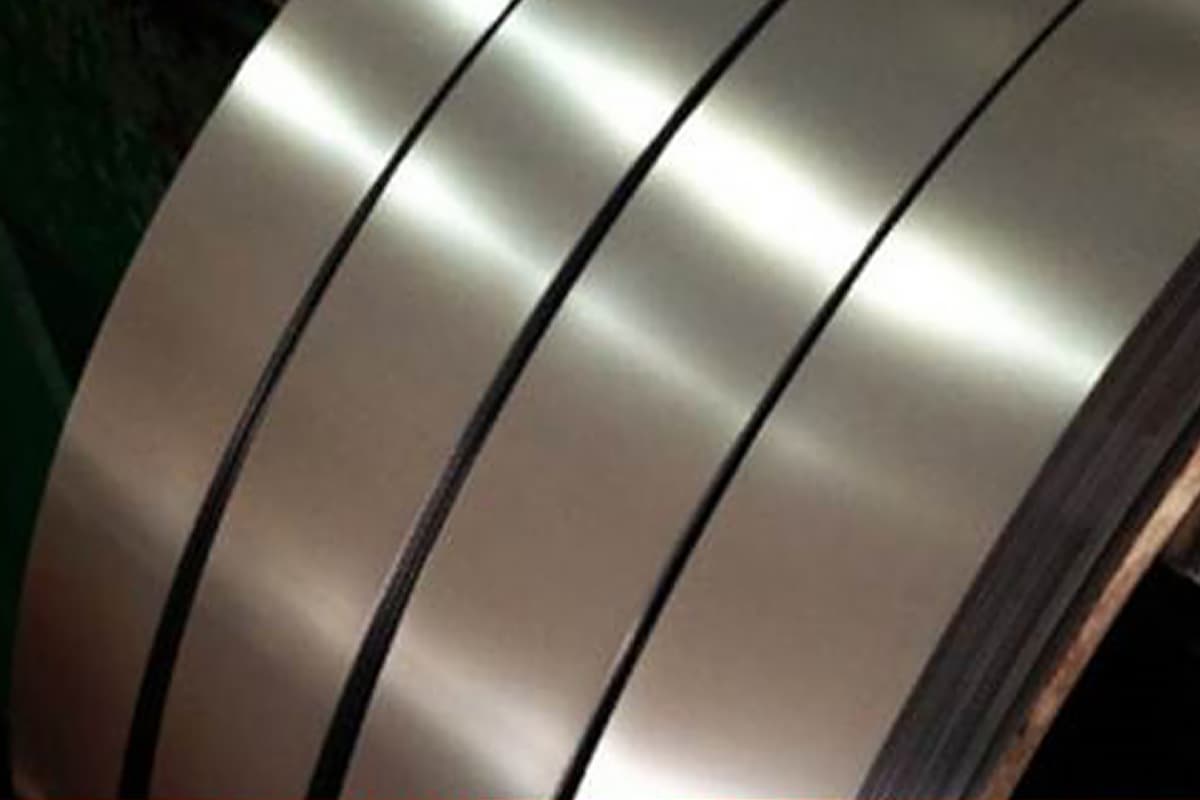
Have you ever wondered why stainless steel pipes are ubiquitous in various industries? This article delves into the world of 304 stainless steel pipes, covering their dimensions, material composition, applications, and key advantages. From construction to healthcare, discover how these versatile pipes meet diverse needs and offer superior performance. Get ready to understand why choosing the right stainless steel pipe can enhance efficiency and reduce costs in your projects.
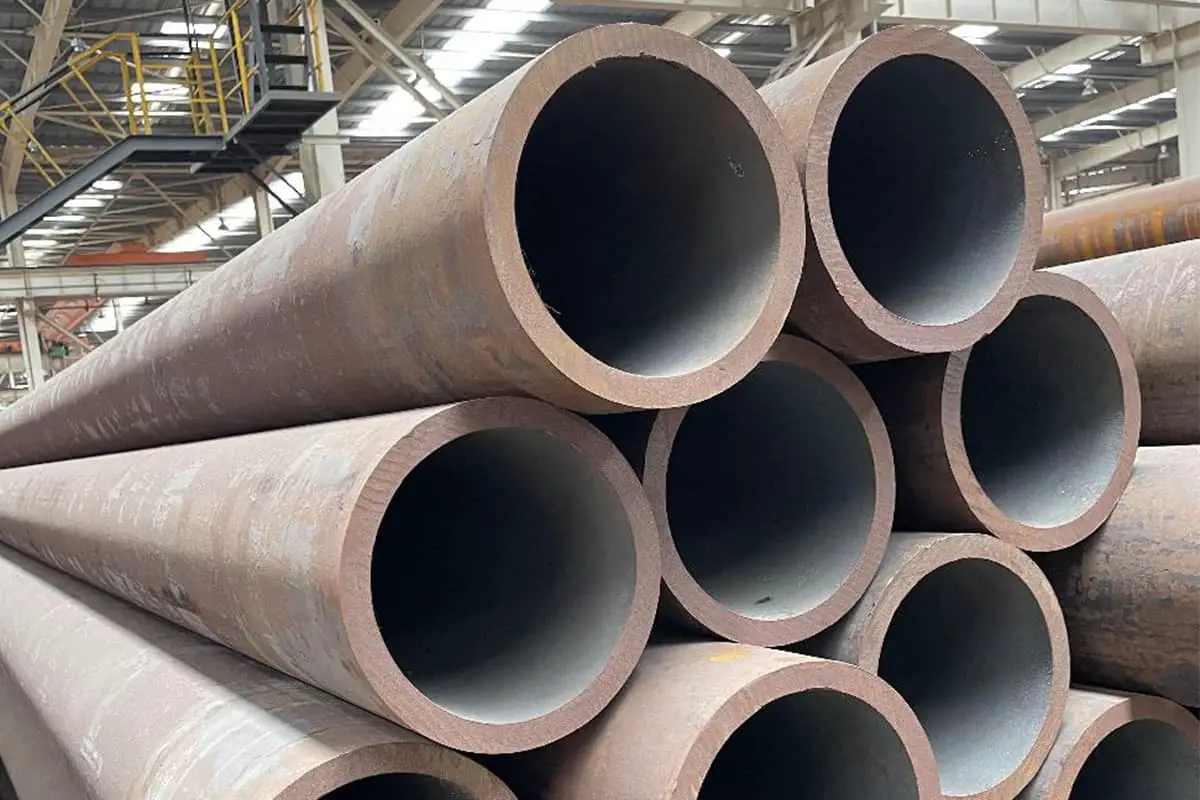
The 304 stainless steel pipe, a frequently used stainless steel material, enjoys wide application across industries such as construction, machinery, chemical engineering, and healthcare.
This article offers a comprehensive analysis of the 304 stainless steel pipe, focusing on dimensions, material composition, usage, and distinctive features.

The 304 stainless steel pipe comes in a diverse array of sizes, with common diameters ranging from smallest to largest as follows: 6mm, 8mm, 10mm, 12mm, 14mm, 16mm, 18mm, 20mm, 22mm, 25mm, 28mm, 32mm, 35mm, 38mm, 42mm, 45mm, 48mm, 51mm, 54mm, 57mm, 60mm, 63mm, 70mm, 76mm, 89mm, 102mm, etc.
The wall thickness usually varies from 0.5mm to 3mm, and the standard length is 6 meters, though it can be customized as per client specifications. It’s essential to consider that prices will vary depending on size, so it’s crucial to know the required dimensions to prevent wastage or shortages.
The main constituents of the 304 stainless steel pipe are 18% Chromium (Cr) and 8% Nickel (Ni), making it an austenitic stainless steel. It also contains certain amounts of Titanium (Ti) and Manganese (Mn) elements, which contribute to its superior strength, corrosion resistance, and heat resistance.
Additionally, there are different types of 304 stainless steel pipes, such as 316L, 304L, 310S, 321, and so forth. Consumers can choose the material that best fits their needs and usage conditions for manufacturing and production.
The 304 stainless steel pipe is utilized in a broad spectrum of sectors. Some of the primary areas of application include:
Compared to other pipe materials, the 304 stainless steel pipe exhibits the following attributes and benefits:
In conclusion, the 304 stainless steel pipe’s dimensions, material, usage, and features are quite varied, and it exhibits extensive application and superior performance in various fields.
Customers should scientifically and reasonably select the appropriate specifications based on this information to enhance the efficiency of steel usage and save costs.

